
What’s going on out on the land?

Determining Direction of Travel on a Fisher Trail
“Which way them critters goin’?”
To this day it can be tricky to tell the direction of travel through deep snow.
For this exploration in determining the direction of travel I’ll use a snowed in Fisher trail we encountered during an Earth Tracks Tracking Apprenticeship outing at Bognor Marsh, near Meaford, Ontario as an example. It was a faint trail, mostly snowed in, but the impressions were visible at the right angles, as long as they hadn’t been blown away in the wind.

Glands on a White-tailed Deer Leg
I found a White-tailed Deer leg while trailing a Coyote. I ended up taking the leg. Why? Well, I thought it would be a good chance to take the leg home to study it and learn more about deer. This post is about my findings, especially in regards to the glands distributed along a deer’s leg.

White-tailed Deer feeding sign at Kinghurst
Recently, at a TCNA “tracker tuesday” call, there was a challenge proposed: on your next tracking outing, practice following the deer or the rabbits and see if you can find 10 plants which they fed on. For me in my area, the deer would be White-tailed Deer and the rabbits would be Eastern Cottontails. While I have been observing the Cottontails loosely at work with my students, for this tracking outing with the Earth Tracks Wildlife Tracking Apprenticeship, we focused on the White-tails.
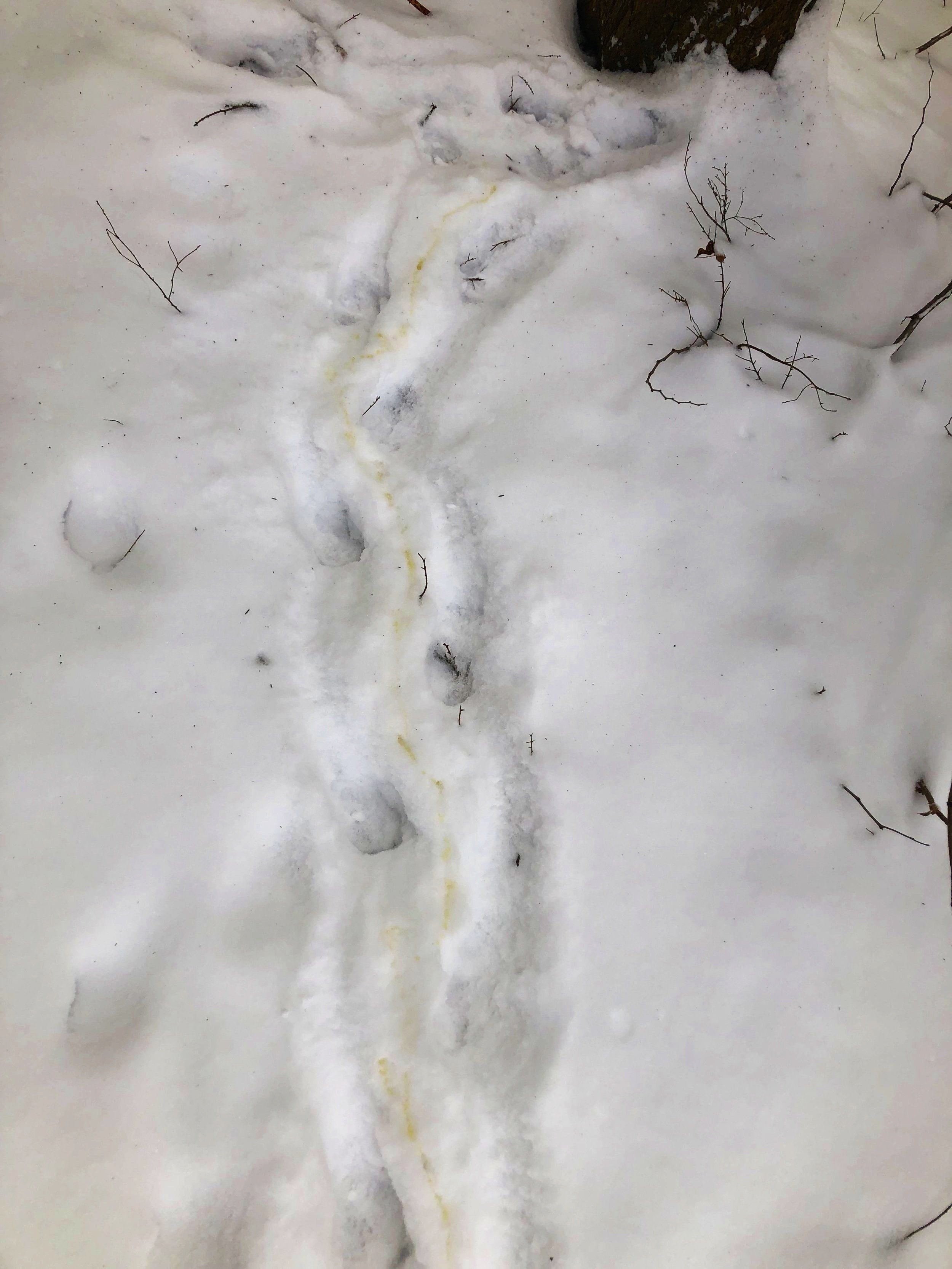
Trailing Porcupine at Dunby rd
I knew who the trail belonged to pretty much right away due to the oscillating midline that ran through the length of the furrowed trough in the snow and the occasional spotting of urine that was sprinkled intermittently along the run. This was the trail of the North American Porcupine, a common fixture in the forests of Dunby rd.
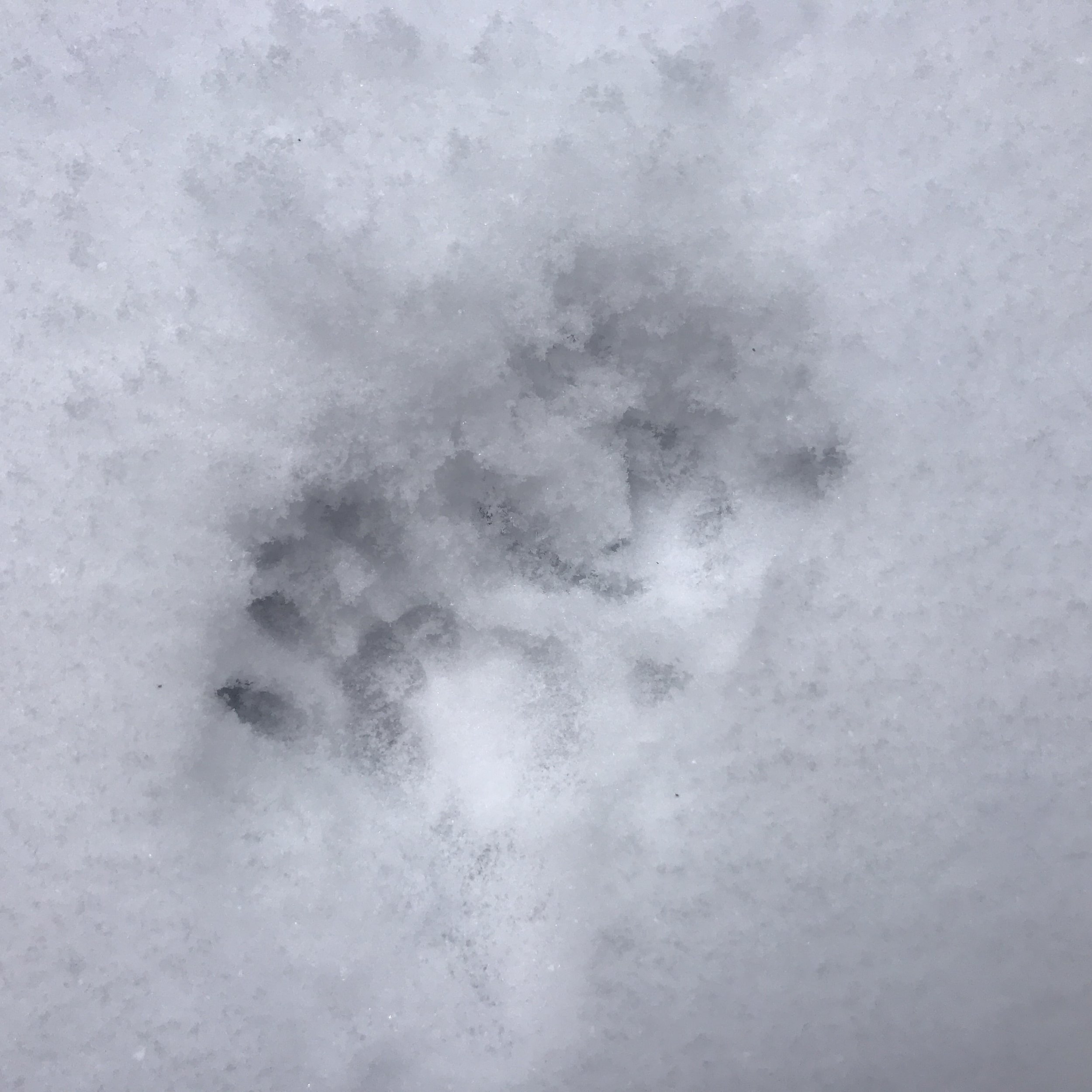
On the Opossum Trail
For the past few years I have been tracking the Scout Camp beside where I work. Lately with the students, we trailed an Opossum around the area.
This time I went back alone in hopes of learning more about the Virginia Opossum and see what they were up to. I wasn’t let down.
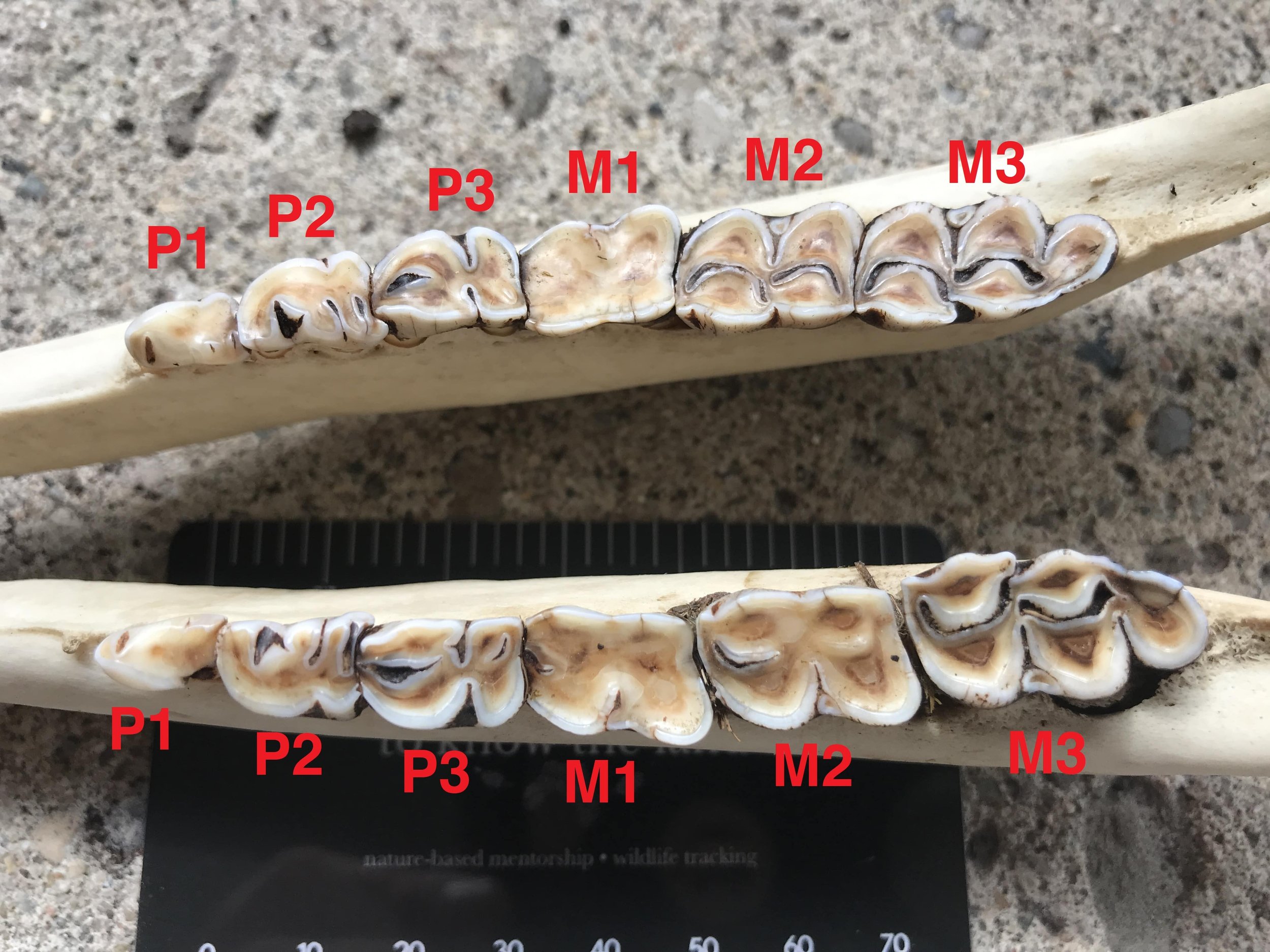
How To Age A White-tailed Deer by Looking At The Teeth pt. 2 : Older Deer
At the end of April I was attending a Track and Sign Evaluation. On the second day of the two day eval we came across a female White-tailed Deer carcass and were asked the question of how old the dead Deer was when she died. We were given three options to choose from based on what we could see. The three options were: A) 1-3 years, B) 4-7 years, or C) 7 and up.
Well, when I got home I started I realized I had a lot more research to do.
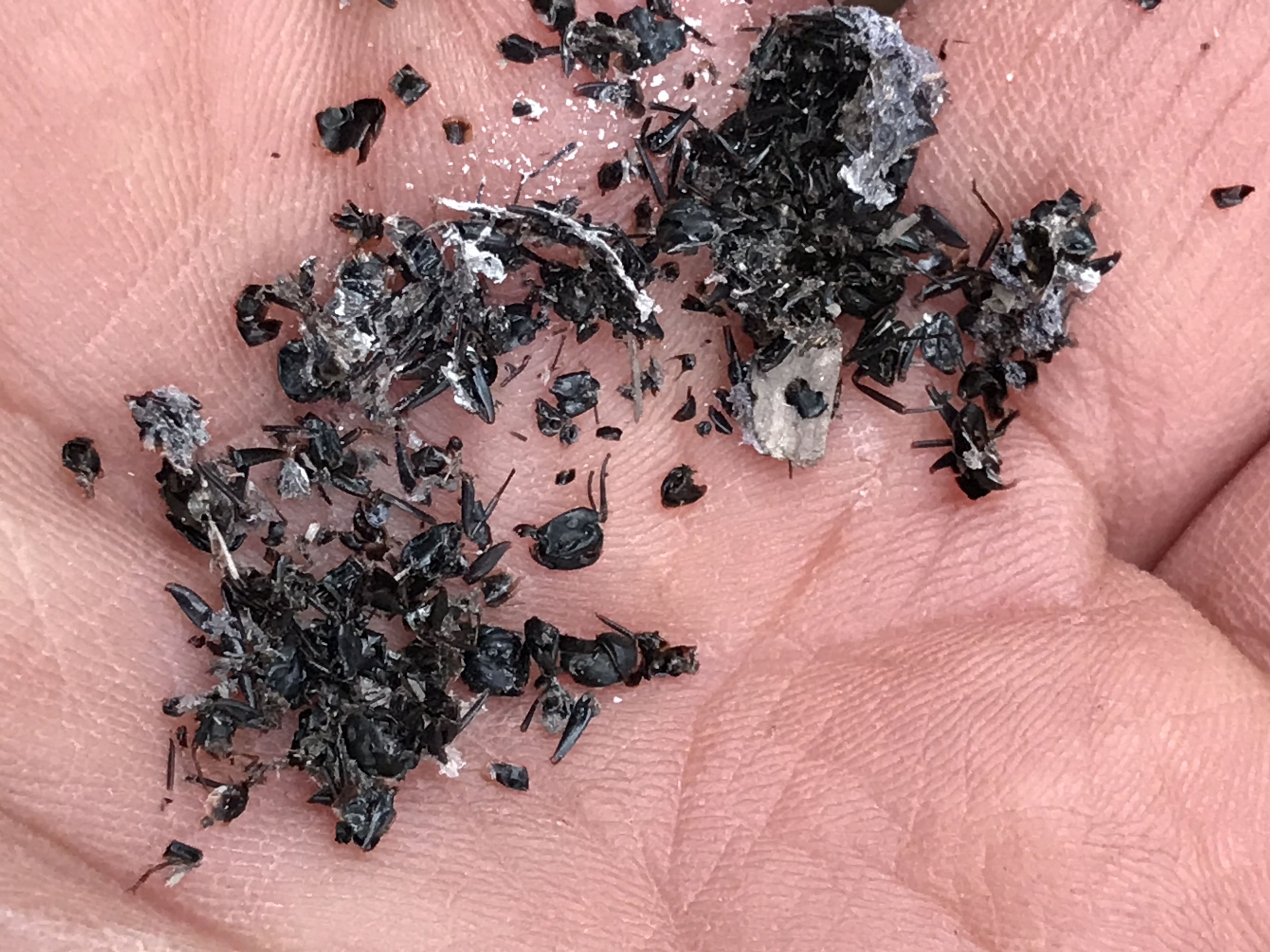
Deeper Questions of Common Sign : Tracking at Kinghurst
This past Saturday was another outing with the Earth Tracks Wildlife Tracking Apprenticeship. We went out to the Kinghurst forest in Grey County, Ontario to see what we could find together. It was a small group of six of us, but that made it a little bit sweeter as we could really dig in to all of the things we were seeing.
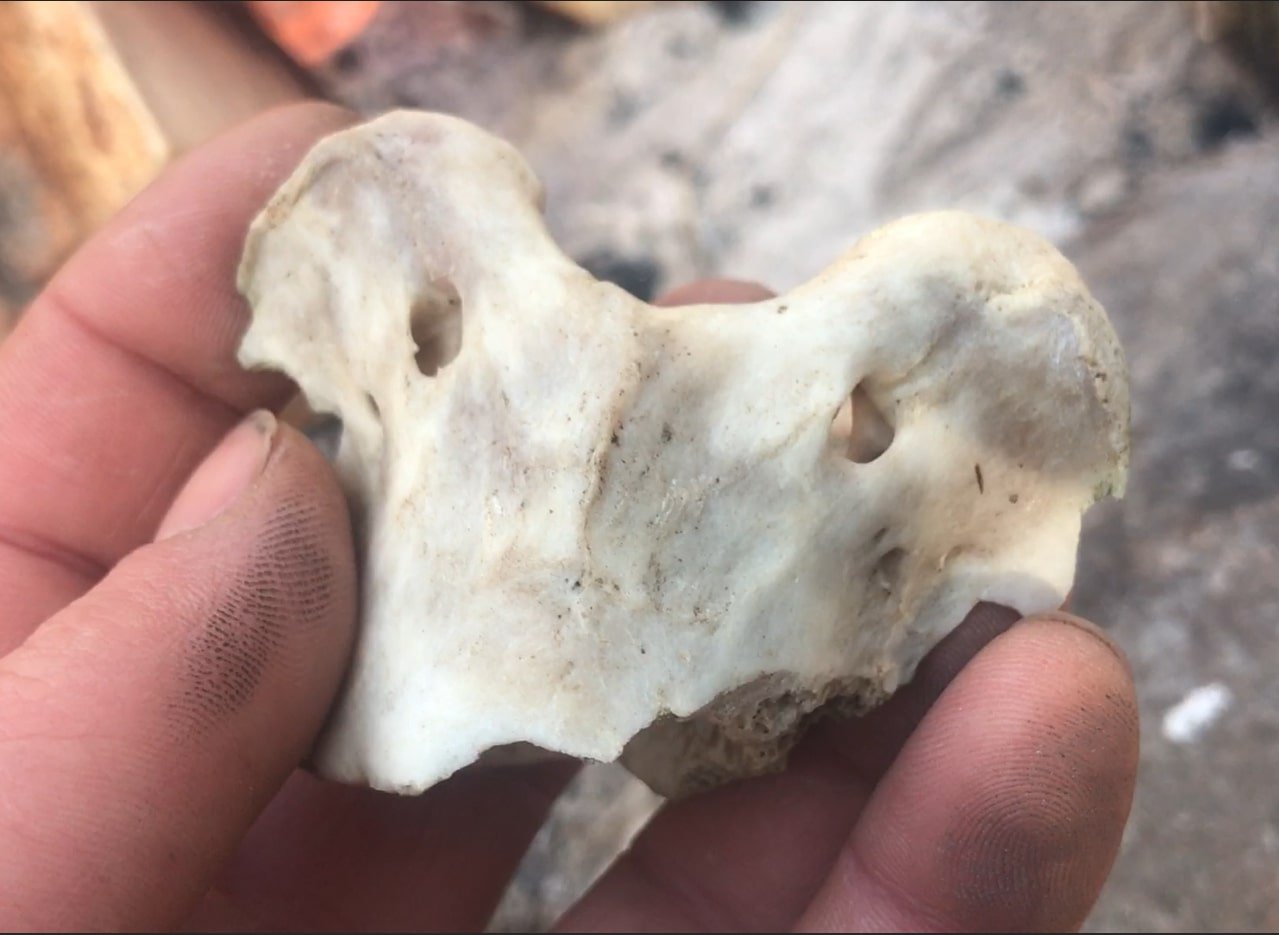
Atlas Bone of White-tailed Deer
On one of my tracking study calls a photo was presented and everyone was asked to identify the bone that was shown. Somehow a few people were able to identify it rather quickly. I had never heard of the bone before but took note. I love learning about the skeletal structures of animals and spend a lot of time on it, but how did I miss a bone that so is so important to an animal, and that so many others knew? I needed to learn more about this bone.
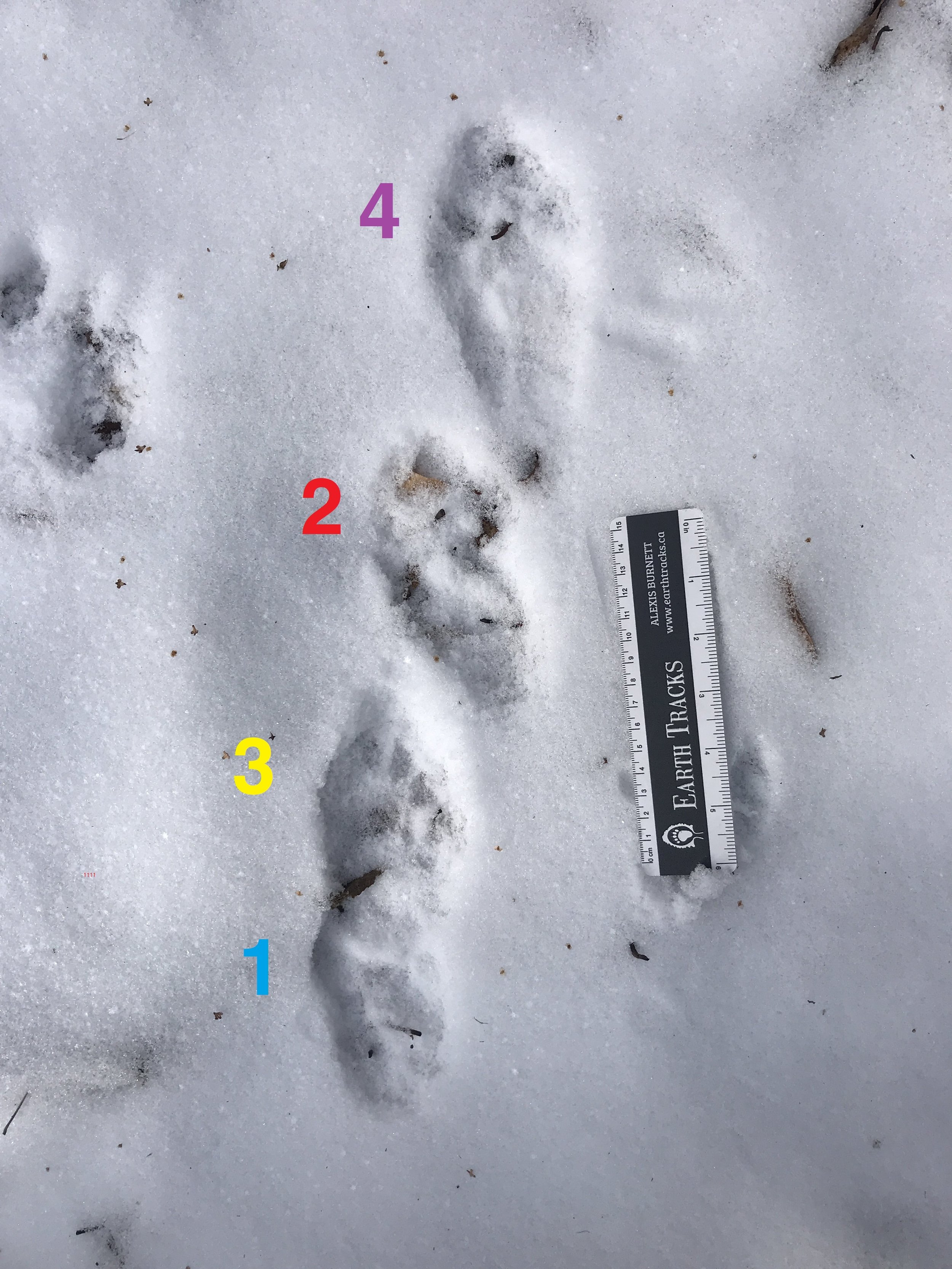
Trailing a Fisher at Old Baldy
We had just crossed over from the thick White Cedar forest into a little more spacious deciduous forest, when, in a very unassuming tone, a friend called us over to check out some tracks. I don’t know if he realized at first how cool the trail he had just found was, but as we stepped off of the path and looked down at the tracks everyone leaned in a little closer, and our voices started to ring with a little more excitement. Our colleague had found a Fisher trail.

White-tailed Deer Sternum
I went for a walk by myself the other day to scope out an area I was going to be going with some students. I wanted to see which areas would be worth investigating and get a sense of how long it would take to get to different landmarks I thought might be worthwhile to go with them. While I was out in a part of the forest I didn’t even consider would be that interesting, I came across a bone, or a series of bones rather, which I wasn’t familiar with. I had to take some photos and knew I would be looking it up when I got home.
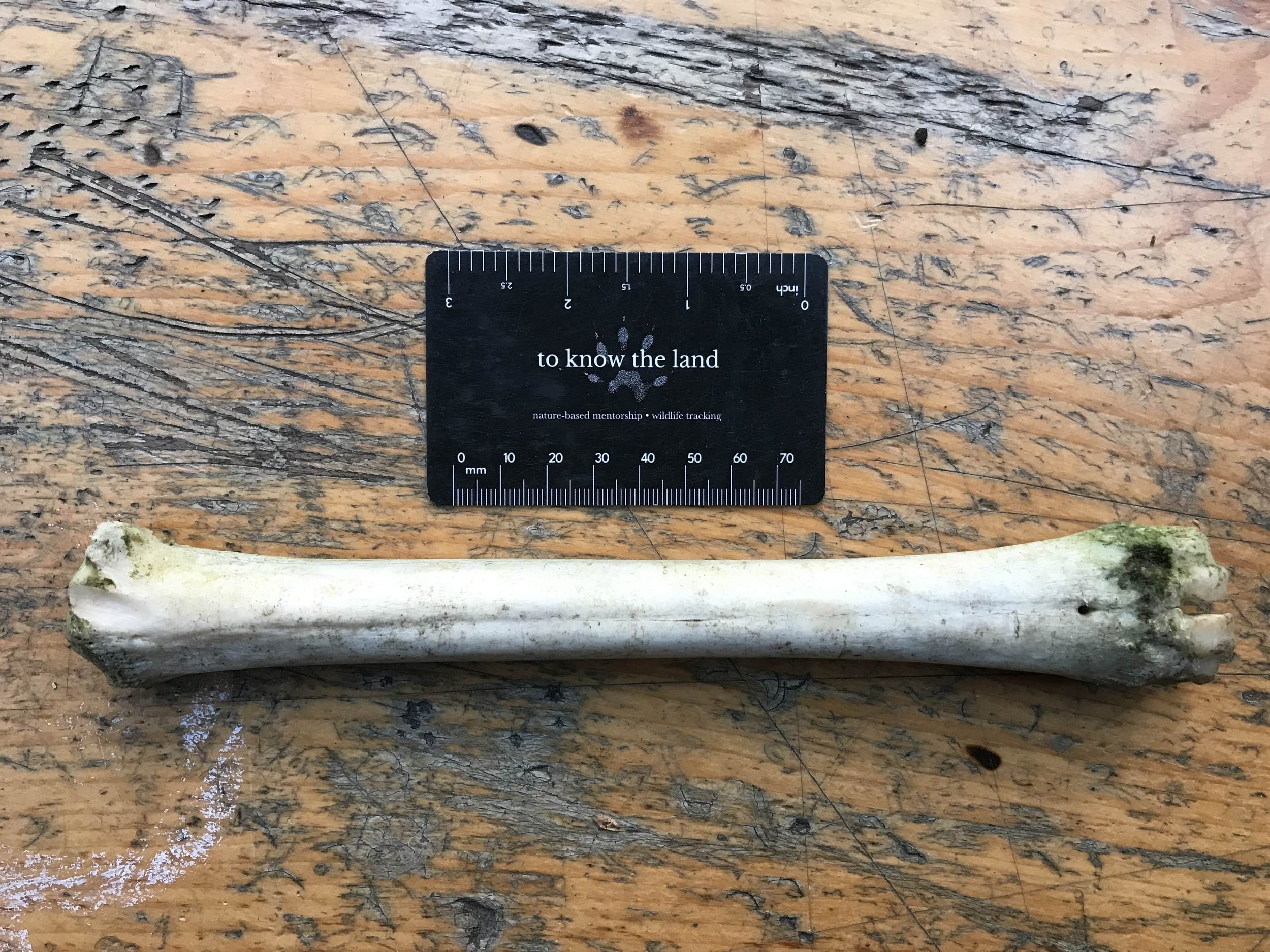
Metacarpal or Metatarsal?
I have been thinking a lot about bones lately.. I guess I think a lot about bones all the time, but lately I have been trying to consider them more completely, in relation to one another, and to better be able to identify which bones are which, where they come from on the body, and which bodies the particular bones I find make up? There are so many questions that come wrapped in bone that it’s kind of fun to take the time to consider some of them.
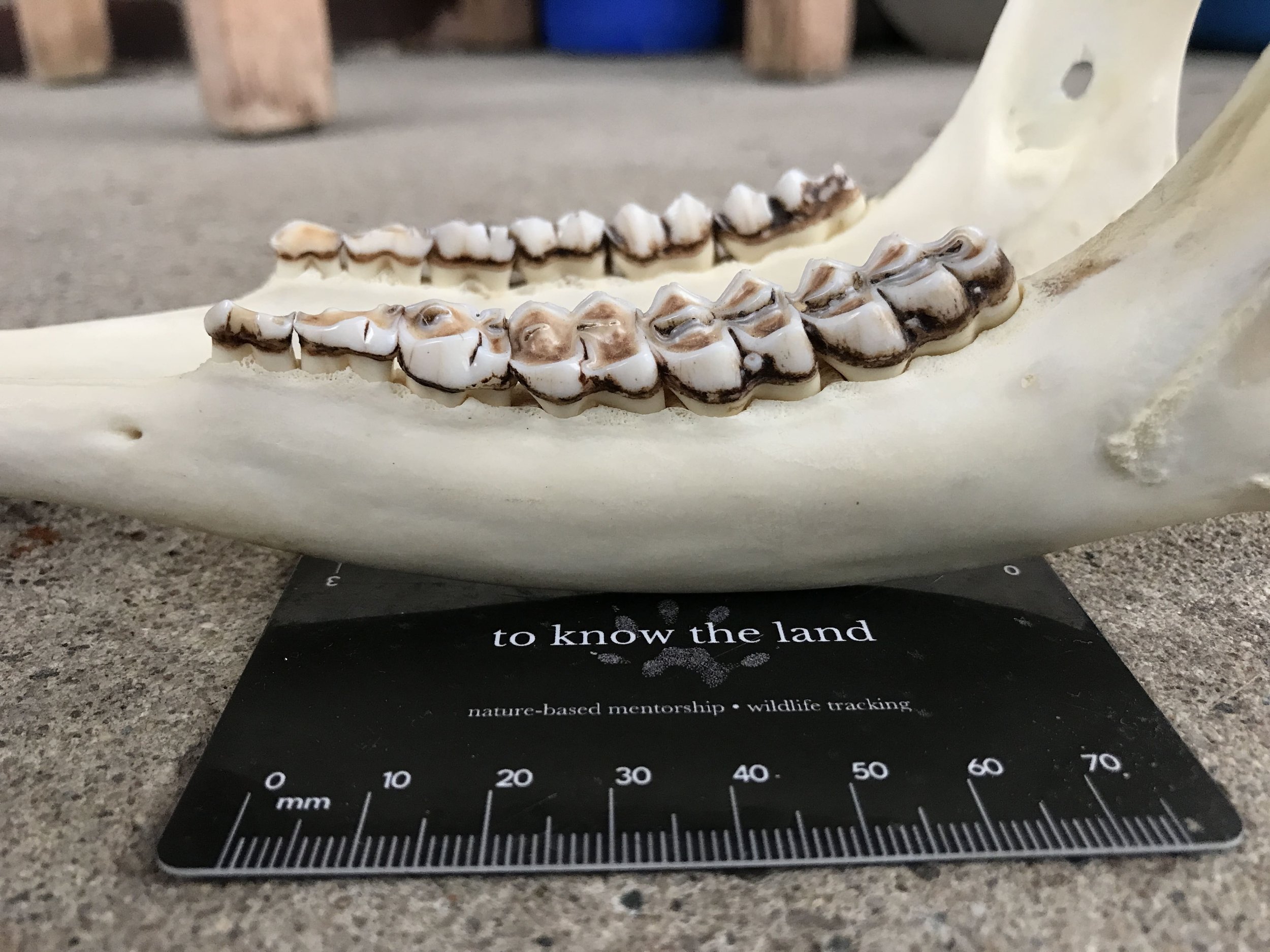
How To Age A White-tailed Deer by Looking At The Teeth, pt. 1 : Younger Deer
A lot has been studied and written about on the topic of White-tailed Deer. But despite reading a ton of it, I still find it trying to find all the various pieces of information and put it all together, unless I write it up myself. Here is my attempt to consolidate and better understand how we can come to know a deer’s age at the time of their death by looking at the teeth which remain.
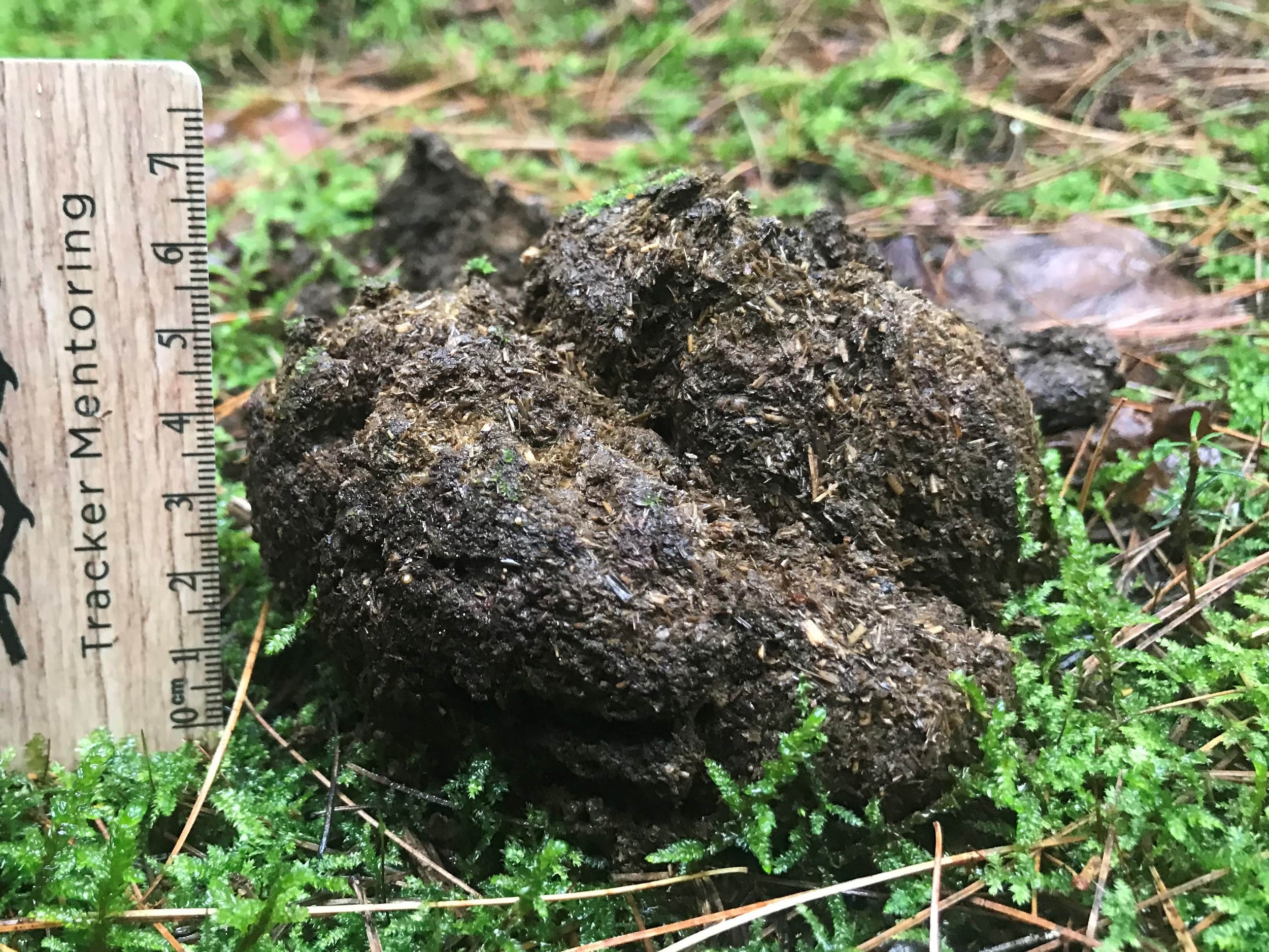
Towards A Better Understanding of Scat
Ok, so the title might be a bit provocative, but it is the best I have come up with the truly explain what I am getting at. Recently, while the tracking apprenticeship was staying at the Wildlife Research Station in Algonquin Park, we encountered some scat from a few different mammals. The questions kept coming as to the contents, the diets, and the bodies which formed and shaped the scat. I want to explore some mammalian scat a little bit more with this blog post and try and understand what clues the poop might hold to the different physiologies of a few of the species whose scat we encountered.
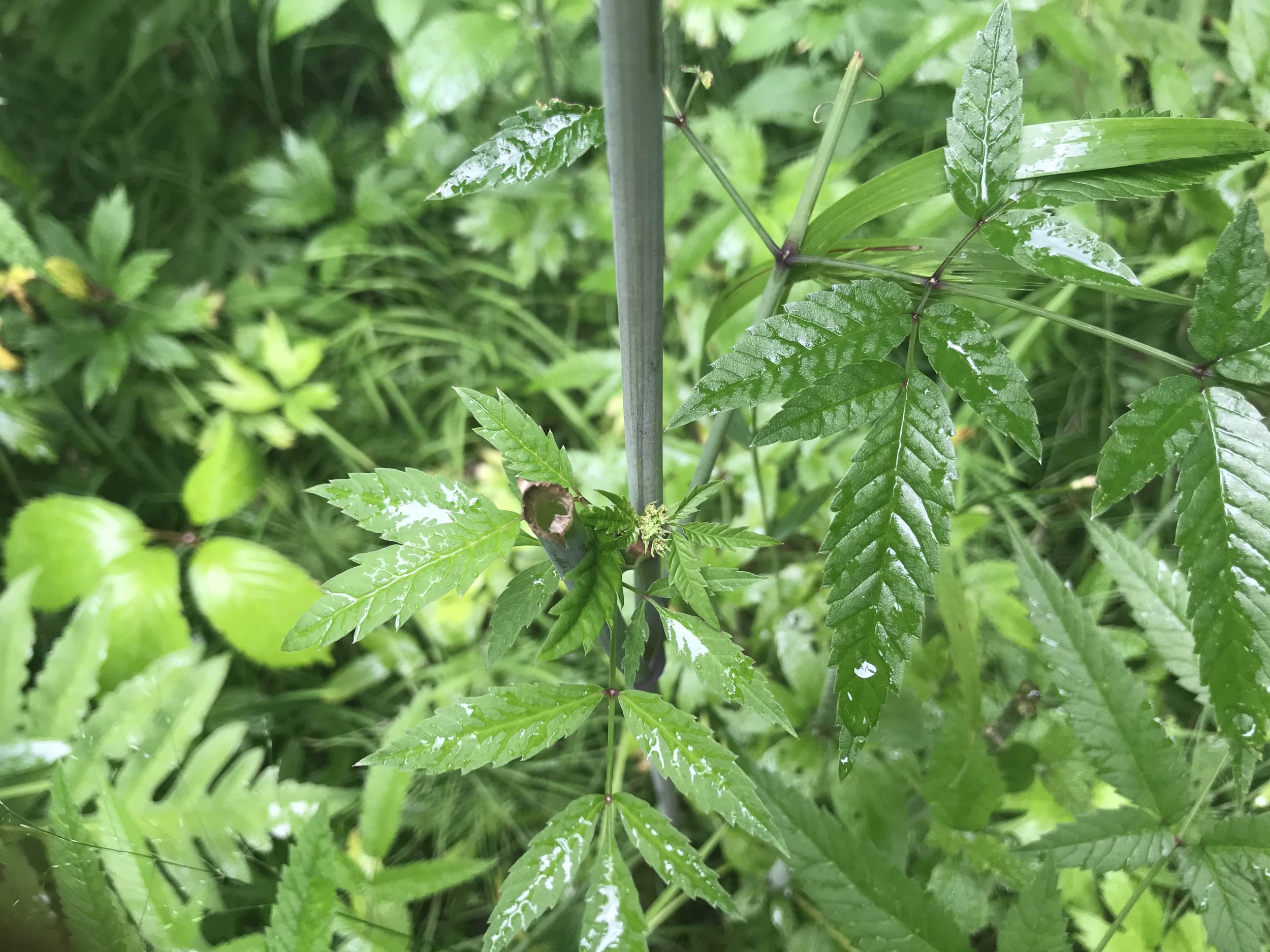
White-tailed Deer consuming Water Hemlock
White-tailed Deer consume a lot of different things. It seems everytime I see some Deer browse, it appears to be a new forb, shrub, or tree which I hadn’t seen a Deer browse before. I wanted to look into the foods which Deer browse more generally, but also focus on a new discovery of Deer browse on the aerial parts of Water Hemlock.
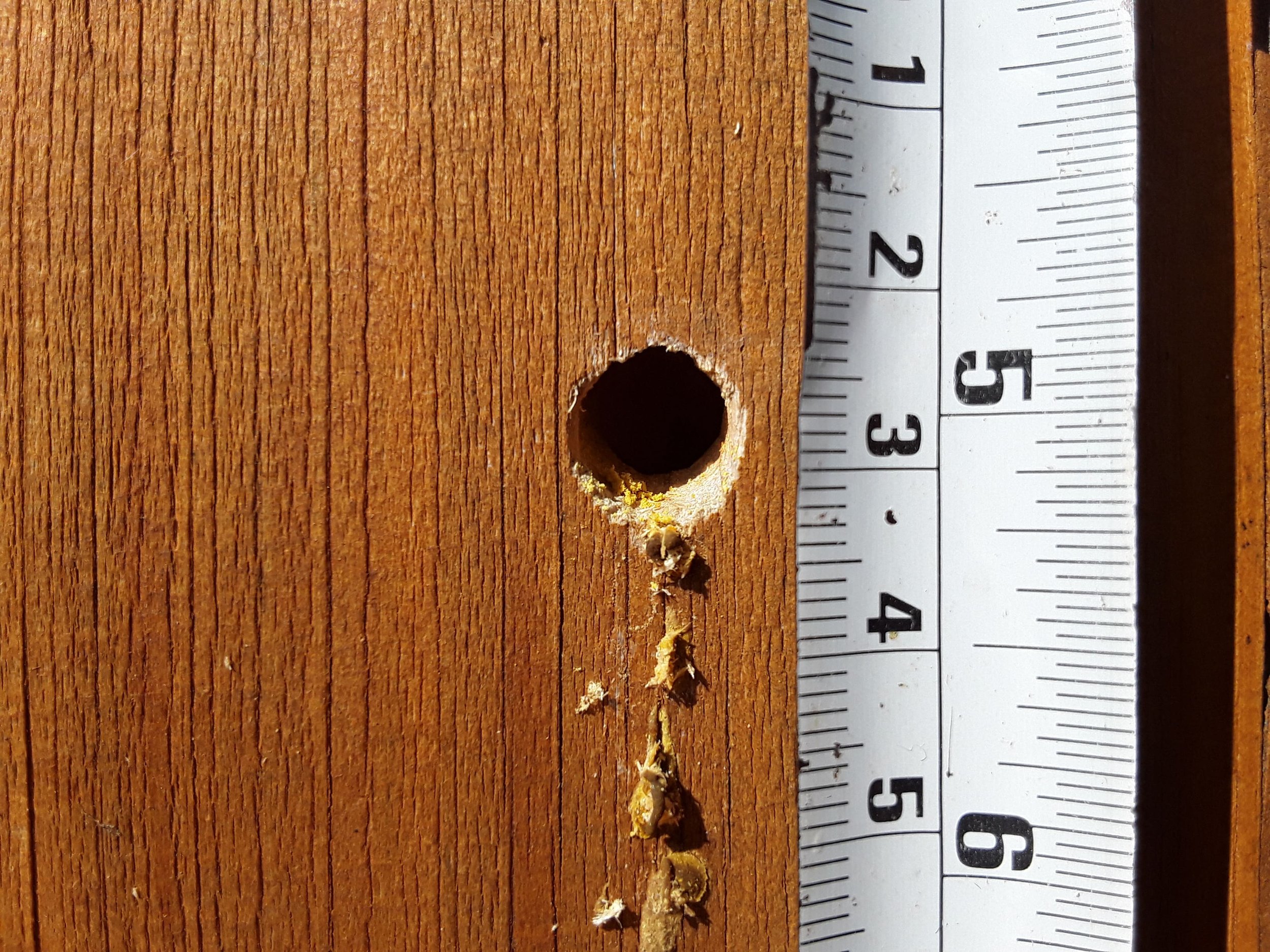
Tracking Walkabout, 2023.05.29
A couple nights ago, right before recording my radio show, a friend called and asked about some hole in the side of his walled in porch/anteroom/whatever thing. He even sent some photos. While we were on the phone, something flew past him and he described it with excitement.. It was like a big bee or something but it was shiny. I knew right off who it was.
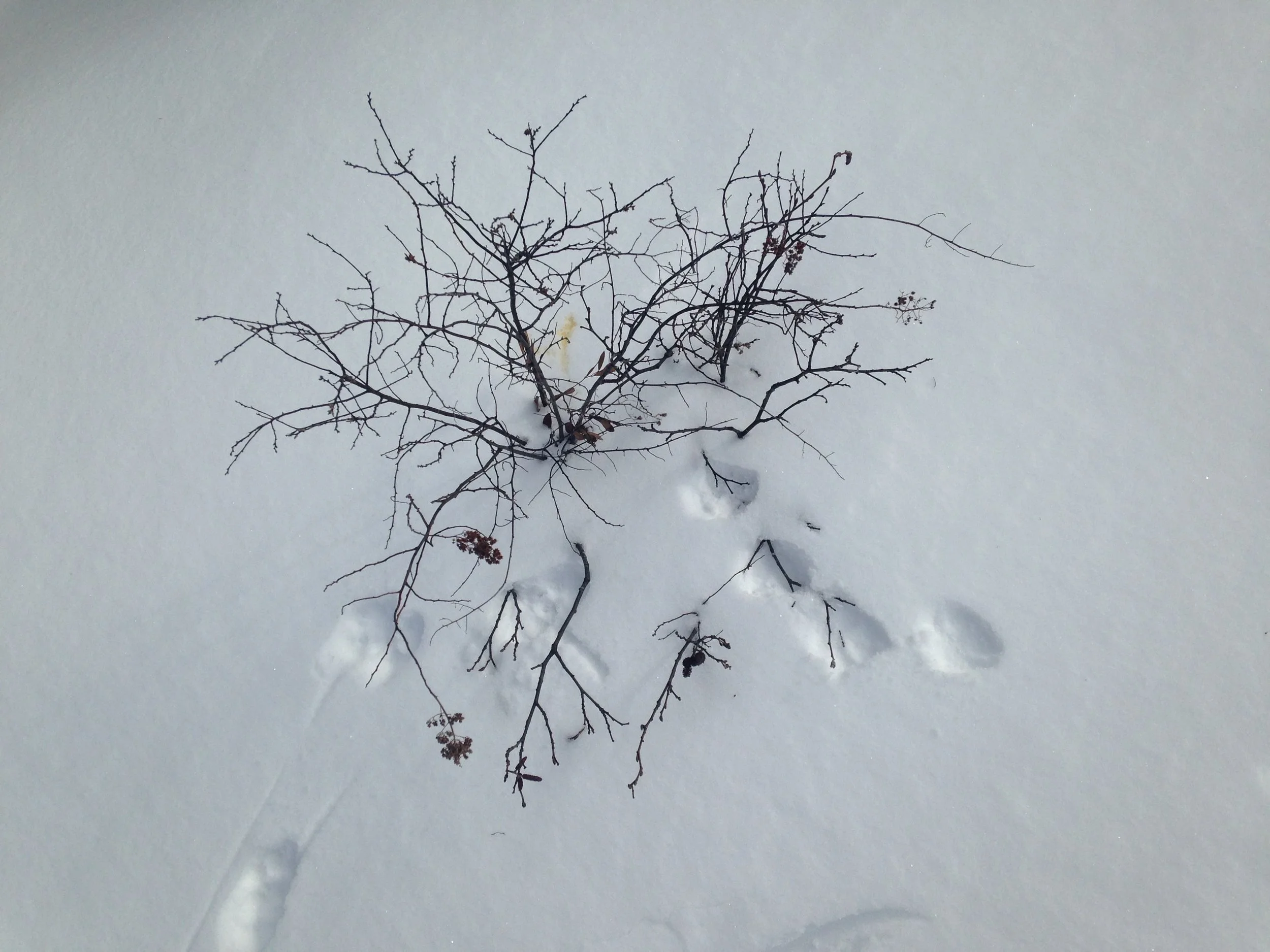
Are There Dangers In Smelling Red Fox Urine?
Recently, while trailing in Algonquin Park with the Earth Tracks Wildlife Tracking Apprenticeship some of us bent down on different occasions to smell Algonquin Wolf, Red Fox, and River Otter scent marks, which were usually small deposits of urine placed in a prominent spot along the animal’s trail. When we got back to the Wildlife Research Station which was our home base for the weekend, we got to talking about safety around sniffing animal urine when trailing.
Personally, I have smelled animal urine literally hundreds of times. Nearly every time I see a urine deposit on an animal trail, aside from Human (Homo sapiens) and other domestic animals, I get down and sniff. But the questions got me reflecting; When tracking or trailing an animal, are there dangers in smelling animal urine?

Identifying an unknown Shrew
A parent of one of the kids at the school where I work wrote to me recently, sharing some photos of a dead Shrew she had found at one of my favorite places near to where I live. She guessed it could be a Pygmy Shrew and asked what I thought. I decided to try and figure it out.

Learn The Land at Bishop Mac
On a recent Sunday I was out behind Bishop Mac High School with one of the classes I facilitate with my colleague Annie. The program is called Learn The Land, and it’s a ton of fun. Together we have been exploring three different locations around Guelph over the past year and getting to know the local ecology (and so much more). When it comes to Bishop Mac, or the South End Community Park, we had been there a couple of times in the past year, though both previous times were in the warmer months. We’ve observed the Osprey nests, and went on a birding adventure but this was our first time out in the Winter months. Sadly there was no snow, but that didn’t mean we didn’t find anything to really dig into.

Examining Coyote Courting Behaviours : Tracking at Bell’s Lake
On Saturday we met up to go tracking with the apprenticeship crew. Marcus and I pulled up I noted the trail along the middle of the road, between the tire tracks, where it looked like some sort of canid had been walking along. The folks who were already there had already noticed this trail and were exploring other trails as well. As everyone arrived we circled up and then decided to follow the trail into the woods and see what else we could figure out.
What began as a wonder, ended as a joyful celebration of the possibility of romance and new life. All from following a couple of Coyotes.
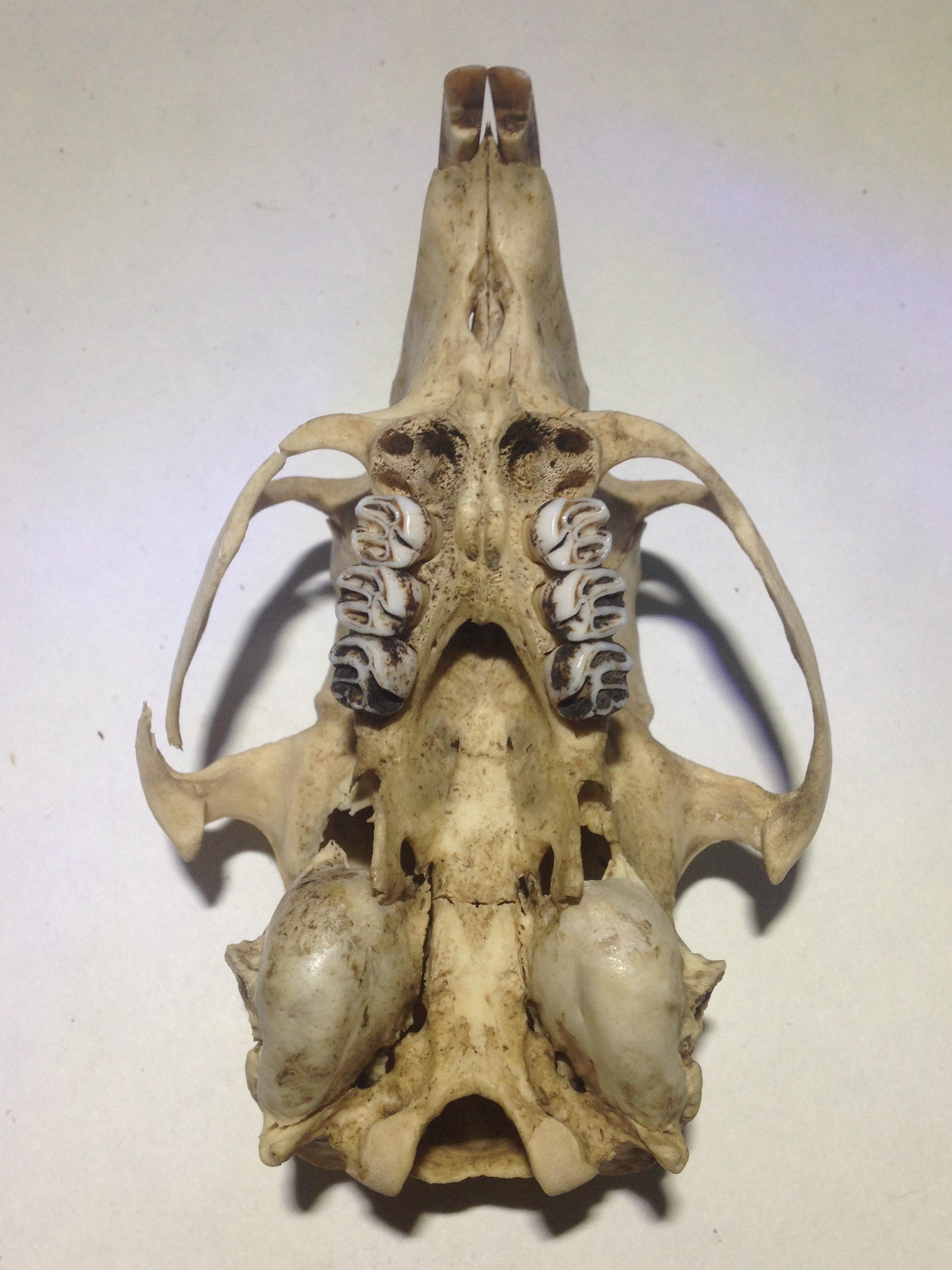
A Basic Guide to Non-Human Mammal Dentition
I am so grateful to have a partner who is willing to sift through my writing and show me things I have overlooked or left out. One of the things that was pointed out to me recently was that in a previous post I assume that folks know what I am talking about in regards to dental formula of Red Foxes and Coyotes. I knew I was bored of writing in the last one and didn’t want to side track too much, so I decided I would write a quick introduction to the teeth of mammals.
